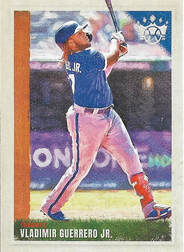
A blaster box contains six packs, with six cards to a pack.
There are 200 cards in the set, including 75 base cards and 40 short prints (card Nos. 101-140). There are also four tiers of rookie cards: Rookies I (Nos. 76-100), Rookies II (No. 141-160), Rookies III (Nos. 161-180) and Rookies IV (Nos. 181-200). I am not sure why the SPs were wedged between Rookies I and II, unless Rookies I were considered “base” first-year players.
It just seemed a bit odd.
From the blaster box I bought, there were 18 base cards and two short prints, along with an Artist’s Proof parallel of Jacob deGrom. As far as rookies are concerned, I found three from Rookies I, three from Rookies II and one from Rookies III. None from Rookies IV. I also pulled an Artist’s Proof card for Greg Deichmann, who appears in the Rookies II tier.
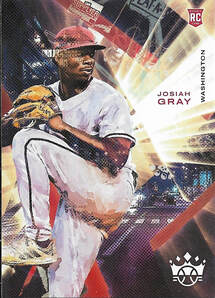
An orange stripe goes down the left-hand side of the card front, and the player’s name begins in the bottom left-hand corner in white block letters and a green background that looks like grass.
There is a crown in the upper right-hand corner of the card front.
The card back shows a baseball diamond and a crown (Diamond Kings, get it?) with the player’s name in large white block letters. The team name is underneath the player’s; interestingly, the player’s position is nowhere on the card.
For blaster buyers, there is one red frame parallel per box. The card I pulled was of Domingo Acevedo, a Rookies III card.
The design for each “Rookies” card is different. The detailed artwork of the players is attractive, especially in Rookies II.
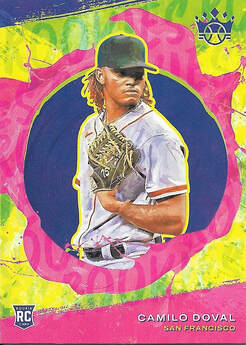
And really, in this age of PEDs, is it a good idea to have the world “Supplier” above the player’s name? I get it, “Sam Supplier” is a popular disc jockey, radio host and producer, and that’s what the sign actually says.
But you have to look carefully, and if you are musically stuck in the 1960s, ’70s, or ’80s like I am, that is puzzling.
The card backs feature a large crown to drive home the point of Diamond Kings, and there is also a crown on the card front in the bottom right-hand side. There is a six-line biography on the card back.
The design for Rookies II features an action shot of the player inside what appears to be a vortex. The color scheme is flashy and splashy, with pink, yellow and green dominating the card front. The word “rookies” is placed at the top and bottom of the card front, but it is a subtle look. The “RC” logo is at the bottom left-hand corner.
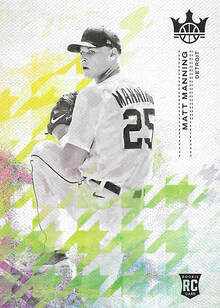
There is a much longer biography on the card back, but some of them seem to be esoteric, keeping with the artsy presentation. On Deichmann’s card, the collector is told that while the outfielder “didn’t major in philosophy” while the Louisiana native attended LSU, “he certainly took the minimalist teachings of Henry David Thoreau to heart.”
Or this, on the bio of pitcher Camilo Doval: “Doval had opponents singing Dead or Alive’s hit ‘You Spin Me Round’ all season, thanks to his fastball.”
Now that’s a 1980s reference I can get behind.
Rookies III depicts the player in a black-and-white format, with splashes of green and purple near the bottom of the card. The card back is more austere, with no photography and a seven-line biography framed by a brown box.
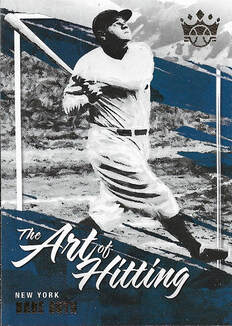
Nice.
There was a Babe Ruth insert from the 10-card The Art of Hitting subset, and I also pulled an Artist’s Palette card of Johnny Bench.
Ken Griffey Jr. was the Maestros insert I pulled, and Pete Alonso was featured on a Gallery of Stars insert.
I also pulled a Mookie Betts card from the 10-card Elegance insert set, and an Aficionado card of Rafael Devers.
Diamond Kings is an interesting set with some competing artistic ideas. Variety is certainly a strength, and this set has plenty of different looks.
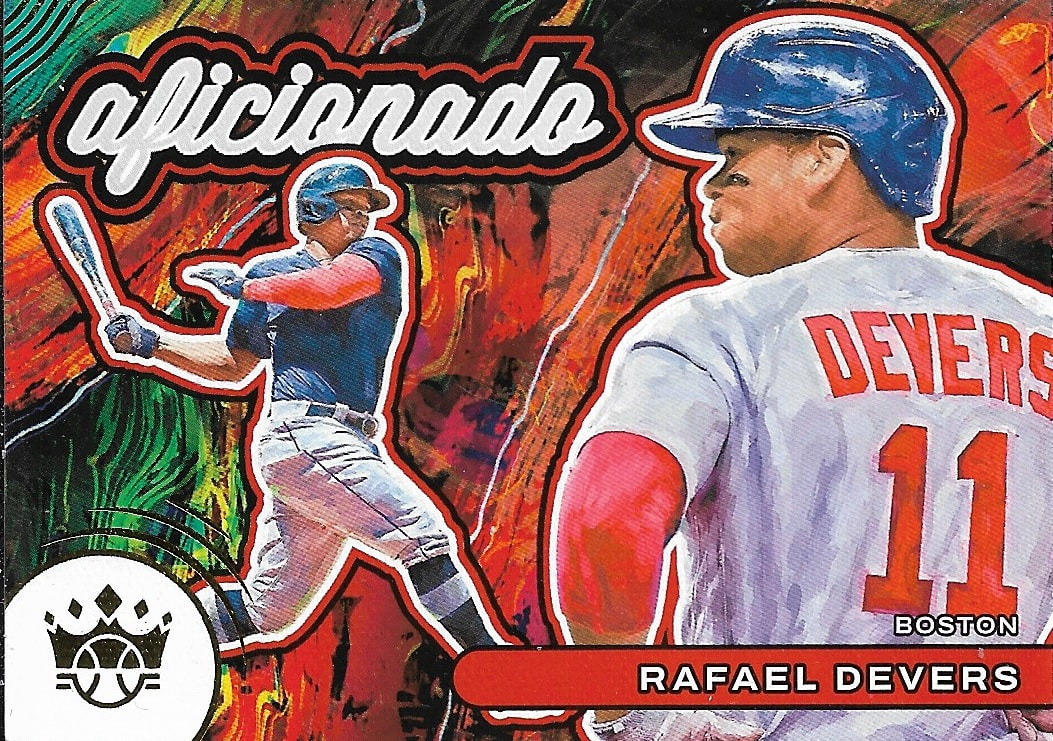
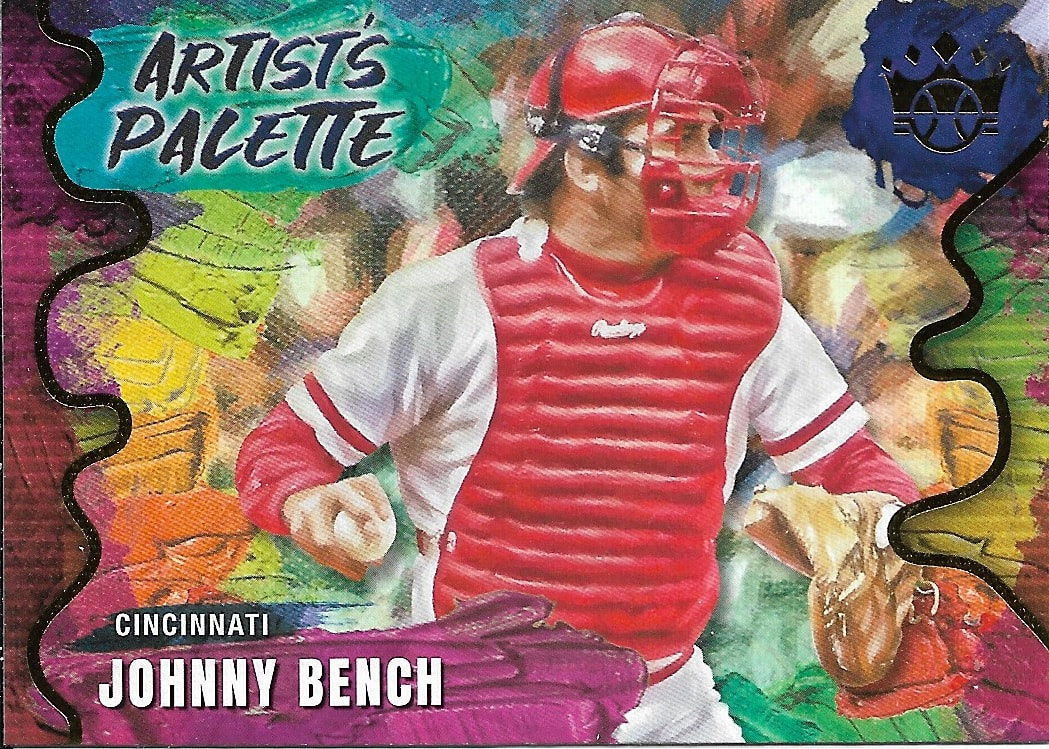
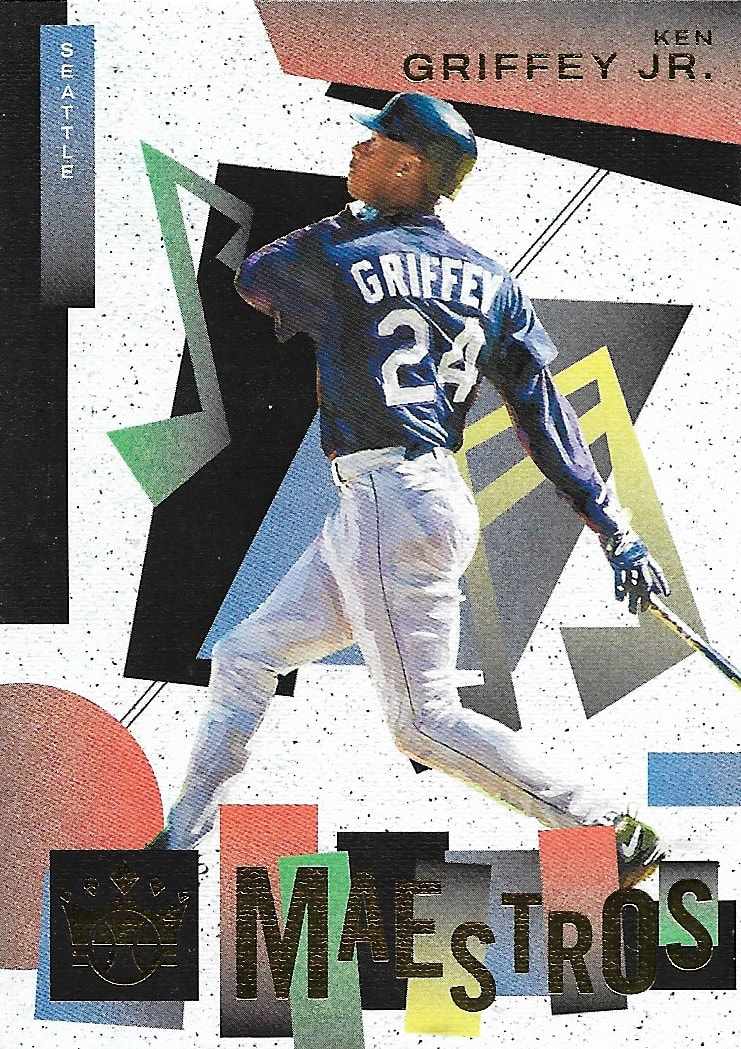
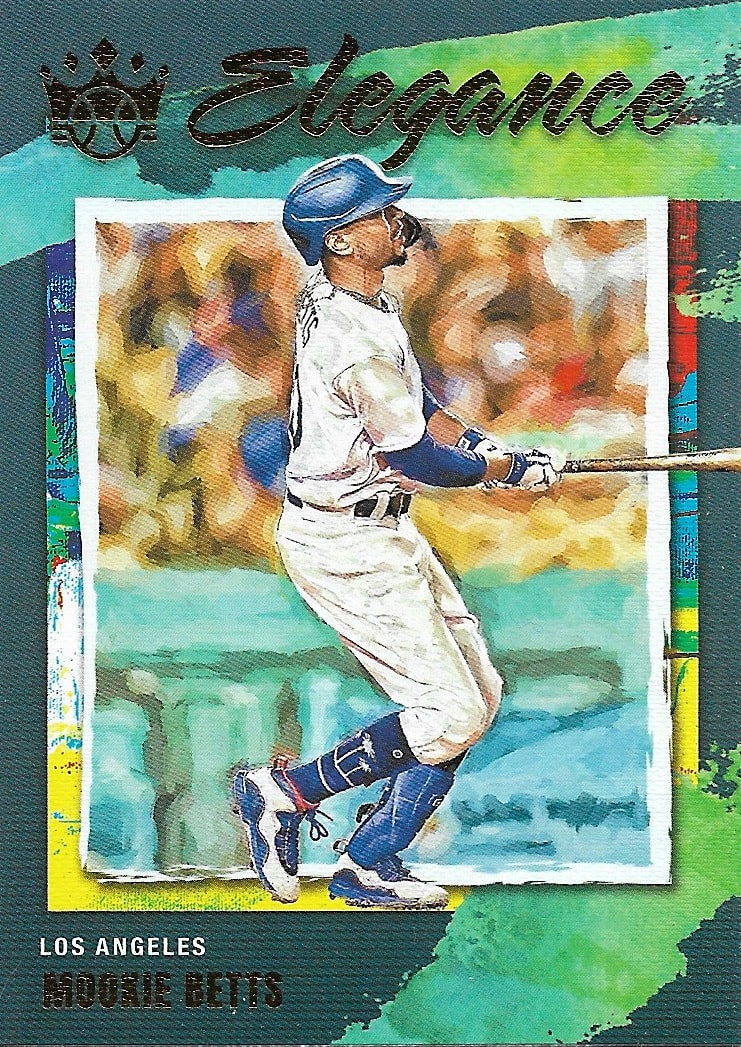
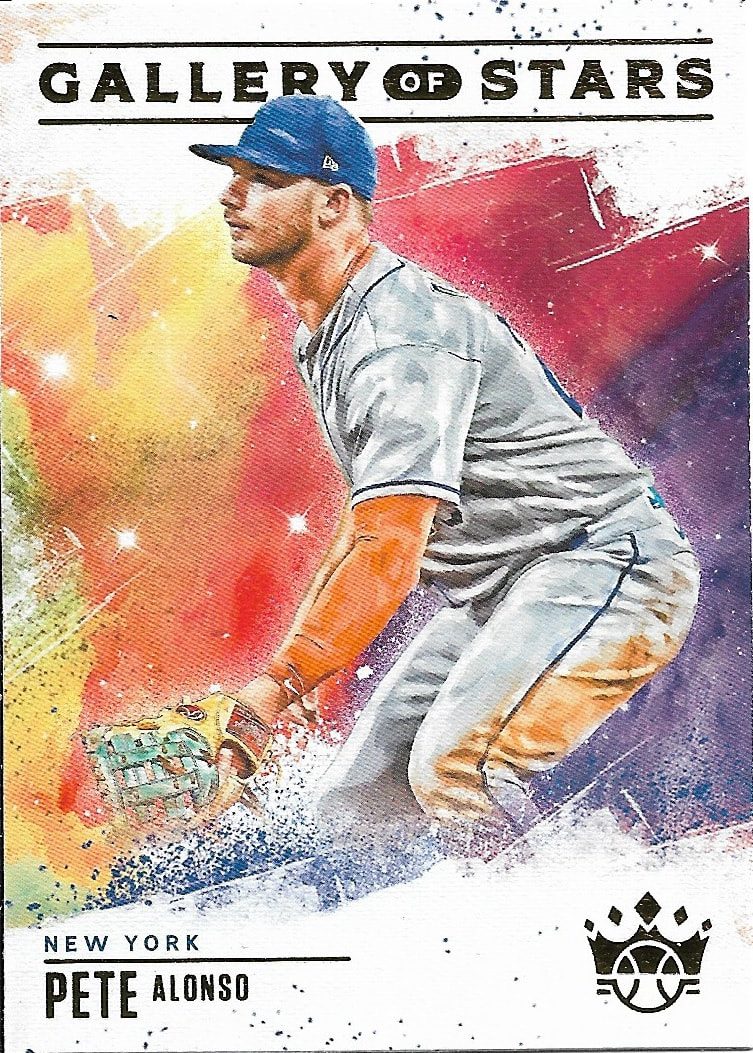
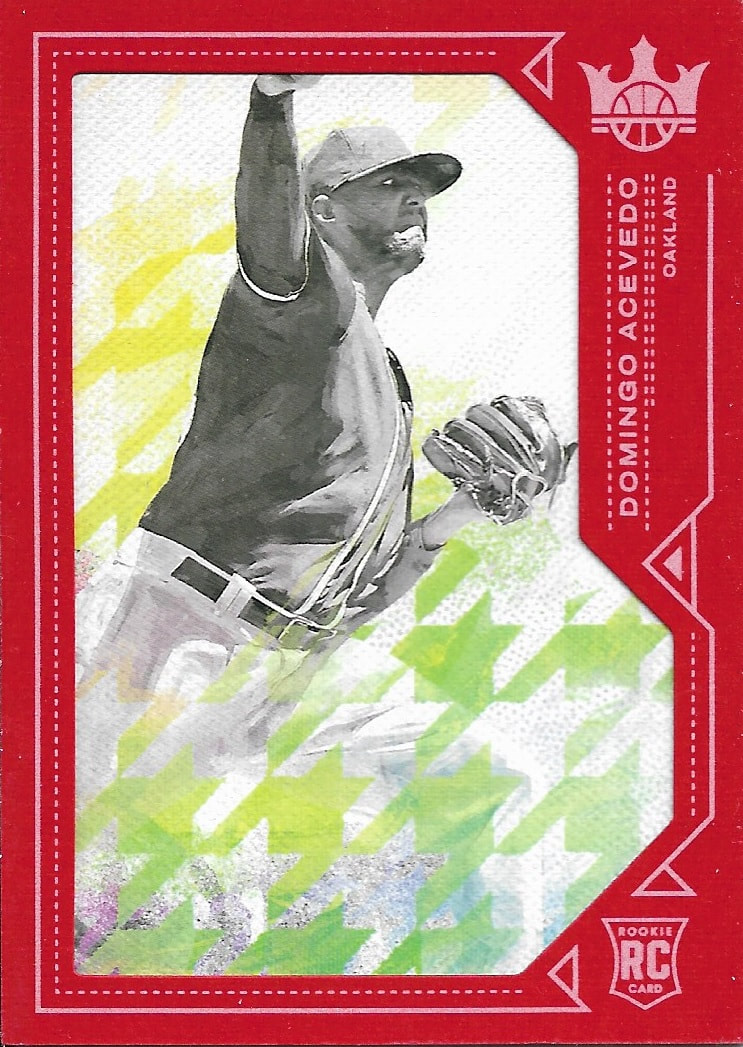
 RSS Feed
RSS Feed
